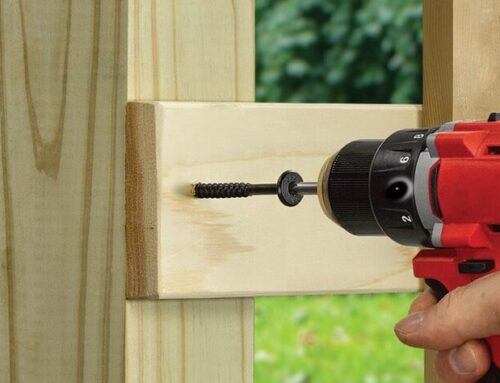Two weeks ago the code proposals for the creation of the 2015 IRC were posted for public review, and NADRA quickly made our industry aware. There are a lot of them to review. In building codes alone there were 1132 pages of proposals.
I have read and skimmed through all these pages and found the proposals related in some way to our industry. These proposal numbers and a brief explanation can be read HERE
There’s some good stuff, some questionable stuff and some…other stuff proposed. I will be at the hearings in Dallas at the end of April representing NADRA and our industry…so let NADRA know what you think. Here are some highlights of what may be ready and waiting for you in the future. I know 2015 is years away…but the decisions are being made now.
RB61 suggests adding various deflection limitations for guards. This is a tough one. Manufactured guard assemblies are already tested to these limits, so it’s generally business-as-usual. It’s the custom built guards that take the hit. How will the inspector verify these limits? How will you know your standard cedar guardrail meets these limits? Speaking of deflection, RB61 proposes to nail down a deflection limit of L/360 for decks. Is that too much for a deck with no ceiling below? Take a look and see what you think of the proposed deflection limits, but give a long read to RB268 as well. Among many other requirements, take a look at how it could affect your guard design and construction. Do these ideas work for you, or could they be refined?
The lateral load tension device provision that is neither required nor validated will get more involved if RB260, RB261, RB262 and RB263 are approved. Should this flawed code provision get further complicated and accepted through new exceptions to what is not even a rule… Should more lateral load methods, based on loads that are yet to be understood, be printed in the ever-growing IRC? Research on lateral live loads has occurred and more sound and validated standards will be produced in the future. Will it be a greater uphill struggle to this goal if this section is made more complicated now?
“Fire separation distance” is the IRC’s version of “setbacks”. Decks have long been ignored in the IRC in regard to how close to property lines they can be built. RB74 and RB75 would end this, and decks and stairs would simply be prohibited from being any closer than 5 feet from the lot line. Should there be an exception for decks under a certain height? RB66 also proposes new fire separation ideas for decks, but they’re less restrictive. Should we interject our experiences and opinions on this topic?
The 2009 and 2012 IRC effectively killed built-in seating at guards with the requirement to measure the minimum 36-inch guard height from the seat. RB145 proposes to eliminate that requirement and bring back some architectural freedom to guard design. How does that one sound to you? Should it get NADRA support? What about eliminating blocking over cantilevers 2 feet or less, as described in RB247. That might help in installing some deck drainage systems.
Well, there’s a start to understanding what’s on the table for the IRC, and I hope it’s caught your interest. There are more than just those. Proposals can be modified during the whole process, so proposals that may have flaws, can be built upon and corrected. As the voice of the decking industry, we have a chance to help build on these proposals and take a hold of the future of our industry.
Please send your feedback to Info@NADRA.org



